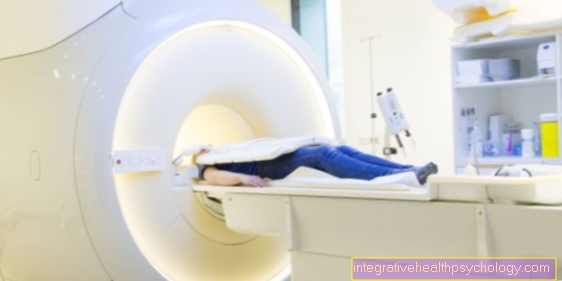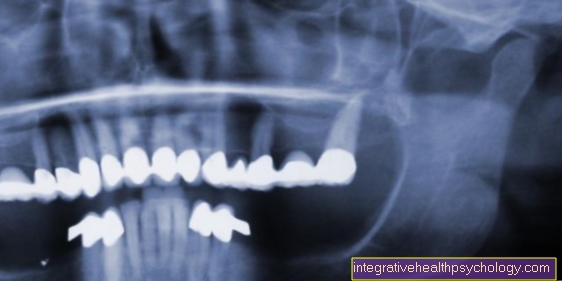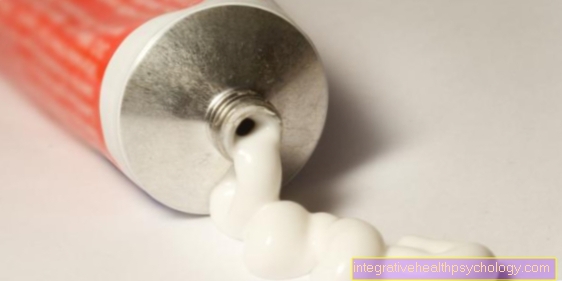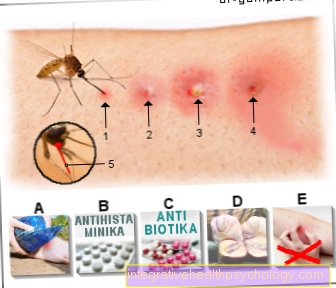Antibiotic resistance
General

Resistance is understood to mean a reduced or no response of a germ to an antibiotic, although scientific experience has shown that this antibiotic would have to be destroyed.
At the beginning of the antibiotic age, resistance was largely unknown. This was because the majority of the population had never come into contact with an antibiotic before. When the bacterium and antibiotic came into contact for the first time, the drug was able to kill the pathogen quickly and reliably.
Nowadays there is hardly a person who has not taken an antibiotic at least once. Most pathogens have also come into contact with an antibiotic.
Development of resistance
Many bacterial strains are still developing mechanisms that ensure that the otherwise harmful antibiotic can no longer harm them. One mechanism is the so-called mutation. If an antibiotic works, e.g. by inhibiting an enzyme, and if this enzyme is appropriately modified (mutated) by the bacterium at the molecular genetic level, the antibiotic can no longer work sufficiently.
Antibiotics that have only one point of attack in the bacterium (e.g. macrolide such as erythromycin) are particularly susceptible to resistance.
The main cause of the development of resistance is seen, on the one hand, in early discontinuation of therapy and, on the other hand, in premature use of antibiotics. Studies report that every second doctor prescribes antibiotics even if the infection is not bacterial but viral.
In countries where antibiotics are freely available in supermarkets, the resistance rate increases significantly. In Germany there is a 7-8% resistance to penicillin. In countries like Spain or Taiwan, half of the germs are already resistant. The danger is that under certain circumstances no reserve medication is effective (e.g. macrolides in the case of penicillin resistance) and diseases in urgent need of treatment can no longer be treated.
E.coli germs are 30% resistant to doxycycline and cotrimoxazole. 10% of the dangerous pneumococci and 50% of the urinary tract infection germ E.coli are resistant to the former standard drug amoxicillin. This is why there are also combination products made from amoxicillin with clavulanic acid. Here the clavulanic acid ensures that the resistance mechanism of the bacterium is switched off.
Development of new drugs
For some time now, new groups of antibiotics have been on the market which are primarily used in the treatment of germs that have become resistant.
The Ketolides (Telothromycin) have been approved for the treatment of upper and lower respiratory tract infections since 2001. They work by inhibiting the protein synthesis of the bacteria that are located on the so-called ribosomes.
The Oxalidinone act by inhibiting the protein synthesis of the bacteria at a very early stage. Resistance has not yet been described. Areas of application are above all lung infection, Skin and soft tissue infections with severe courses.








.jpg)




















